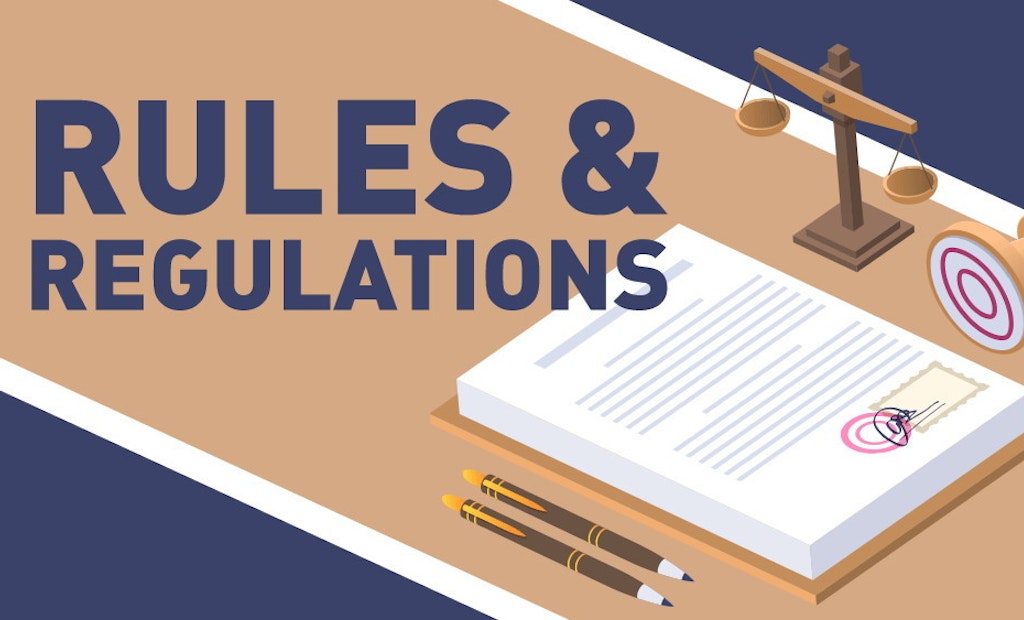Interested in Systems/ATUs?
Get Systems/ATUs articles, news and videos right in your inbox! Sign up now.
Systems/ATUs + Get AlertsThe U.S. Environmental Protection Agency declared Montana’s new water quality standard invalid under the Clean Water Act. The agency’s Region 8 office sent its letter of rejection to the state’s Department of Environmental Quality in mid-May.
A law passed in April 2021 eliminated the state’s numeric standards for nutrient pollution and instead required the DEQ to regulate discharges of phosphorus or nitrogen based on a narrative standard. Prohibited discharges would: create conditions toxic to human, animal, plant and aquatic life; create conditions that produce undesirable aquatic life; or cause measurable changes in aquatic life.
News reports noted that Montanans have always prided themselves on having clean, clear streams with thriving trout populations. Montana’s DEQ spent several years developing numeric standards that were adopted in 2015.
After the narrative standard law passed last year, the state convened a working group to develop those standards. But the group spent a year failing to agree on anything, according to Courthouse News Service.
In her letter to the DEQ, Darcy O’Connor, director of the water division for Region 8, said the state failed to demonstrate that its narrative standard is enough to protect water quality, and she said the state’s permitting history during the last two years shows that the narrative standard doesn’t work.
Florida city looks at options to convert conventional systems or force sewer service
The Cocoa City Council is looking into several options for dealing with septic tank pollution from 92 homes, and one option is requiring people to connect to municipal sewer service.
The other options are to convert homes from conventional to advanced onsite systems, to allow homeowners the option of connecting to municipal sewer, and to delay any decision, reported Florida Today.
Municipal sewer connections or advanced onsite systems would be funded by $5.1 million from a half-cent sales tax dedicated to reducing pollution in the Indian River Lagoon. Cocoa is southeast of Orlando and near the top of the lagoon, which stretches along Florida’s east coast.
Projected costs of the septic-to-sewer conversion are between $6.6 million and $8.2 million. City staff believe the difference between the cost estimates and sales tax funds could be covered with grants and other possible state money.
At its meeting in late May, the city council voted to look into the legalities of forcing people to convert to municipal sewer. Members tabled a decision on the options until July.
Infrastructure law includes allocation for tribal water and sanitation projects
The Indian Health Service announced a total of $3.5 billion for tribal water and sanitation projects. The money is broken down into $700 million increments for fiscal years 2022 through 2026 and comes from the federal infrastructure law passed by Congress last fall and signed by President Joe Biden.
Money will provide water wells and onsite systems for 71,000 Native American and Alaska Native homes. Each $1 spent on sanitation can save $1.23 in avoided health care costs for problems such as gastrointestinal disease, respiratory issues, and diseases of the skin and soft tissues, said a press release from the health service.
Leaders of the Navajo Nation in the Southwest say failing wastewater systems are an increasing concern on their reservation, reported Arizona Public Radio. More than 15,000 homes on tribal land need sanitation improvements, said the tribe’s annual report.
EPA grant funding will provide loan programs for water infrastructure
The U.S. Environmental Protection Agency announced $1.9 billion in grant funding to the State Revolving Funds for water infrastructure projects. Combined with $7.7 billion from the federal infrastructure law passed last fall, the state funds will have a total of $9.6 billion for water projects.
Under the revolving fund program, the EPA provides money to states and Puerto Rico for loan programs. Money is released as low-interest loans to people for clean water infrastructure projects. Repaid loans become capital for more projects.
Humboldt County holding public comment workshops about onsite system performance
Environmental health staff from Humboldt County, California, is holding public comment workshops this summer to gather information about onsite system performance. Information will become part of the report required every five years under the county’s local area management plan.
One workshop will be held in June and the other in July. Dates and times have not yet been set. More information is available from environmental health staff at 707-445-6215 or by email at envhealth@co.humboldt.ca.us.
Onsite regulations proposed to protect Lake George area
Onsite systems within 500 feet of Lake George and 100 feet of some streams would have to be inspected every five years under a proposal from the Lake George Park Commission.
About 2,700 properties in the lake’s watershed would be affected, and seasonal workers would perform the inspections, reported the Post-Star of Glens Falls, New York.
Commissioners submitted the proposal to the state on May 24 for formal rule making. If the state agrees, the commission hopes to implement regulations by 2023.
Failing systems would be those lacking pretreatment, surface discharge of effluent or surface discharge of graywater. Other problem signs would be a system that needs pumping more than four times per year and systems that use cesspools or metal tanks.






